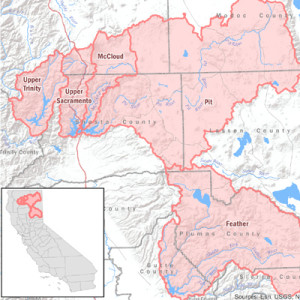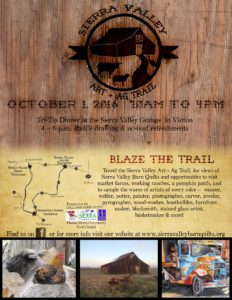SAVE THE DATE: November 3, 2016
PUBLIC WORKSHOP
California Abandoned Mine Prioritization Tool
Draft Attributes, Evaluation, and Risk Screening Levels
You are invited to attend a public workshop to review draft work products for the California Abandoned Mine Prioritization Tool (CAMPT). CAMPT is focusing on ways legacy abandoned mine sites in California can be prioritized for various types of action based on chemical and physical hazards they pose to the public and the environment. The draft work products created to date include attributes, data sources, and evaluation ranges that comprise the decision criteria for ranking the mine sites.
In addition, three screening tiers (Tier 1, Tier 2, and Tier 3) and the mine site investigation activities associated with each tier will be presented, along with example scenarios of how the attributes contribute to analyses and ranking of hazards in each tier.
Finally, participants will be able to learn about the analytical approach underpinning CAMPT using examples from similar decision-support tools.
Your input is sought regarding the comprehensiveness, application, and evaluation of available screening data, existing risk assessment guidelines and criteria, and approved chemical contamination thresholds proposed for incorporation into the tool. These thresholds are intended to support government agency analyses and ranking of hazards from abandoned mines, and the risks posed to human health and the environment from those hazards in California.
Date and time: November 3, 2016, 11:00 – 2:00 p.m. (1:00 p.m. Central)
You can attend in person or online. Please RSVP with your preference.
Join the WebEx Meeting:
Meeting number: 743 374 302
Meeting Password: pFq9WAU@
If you are not using a computer, then you may join by phone:
Call-in toll-free number (Verizon): 1-877-996-5588 (US)
Attendee access code: 207 612 3


